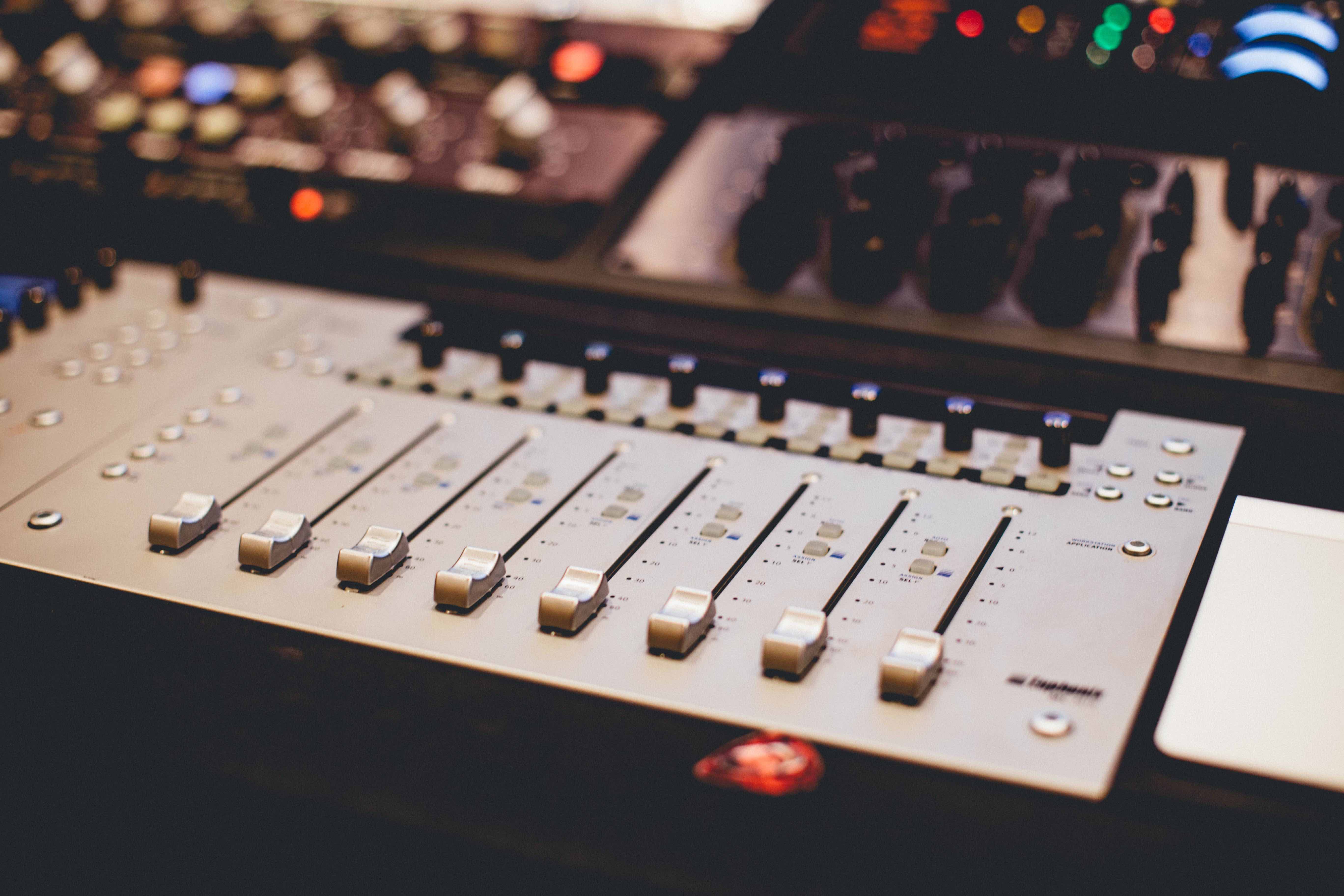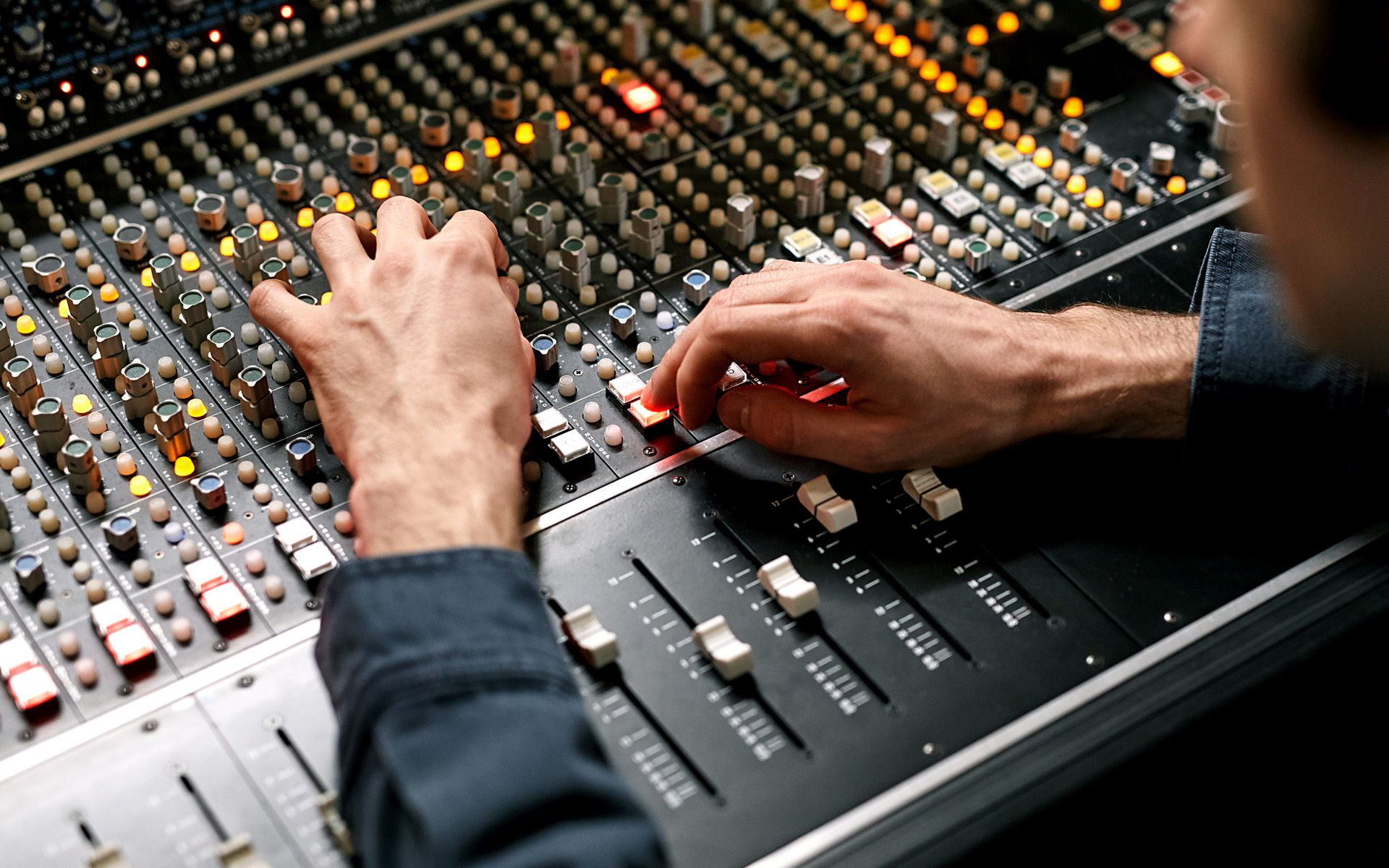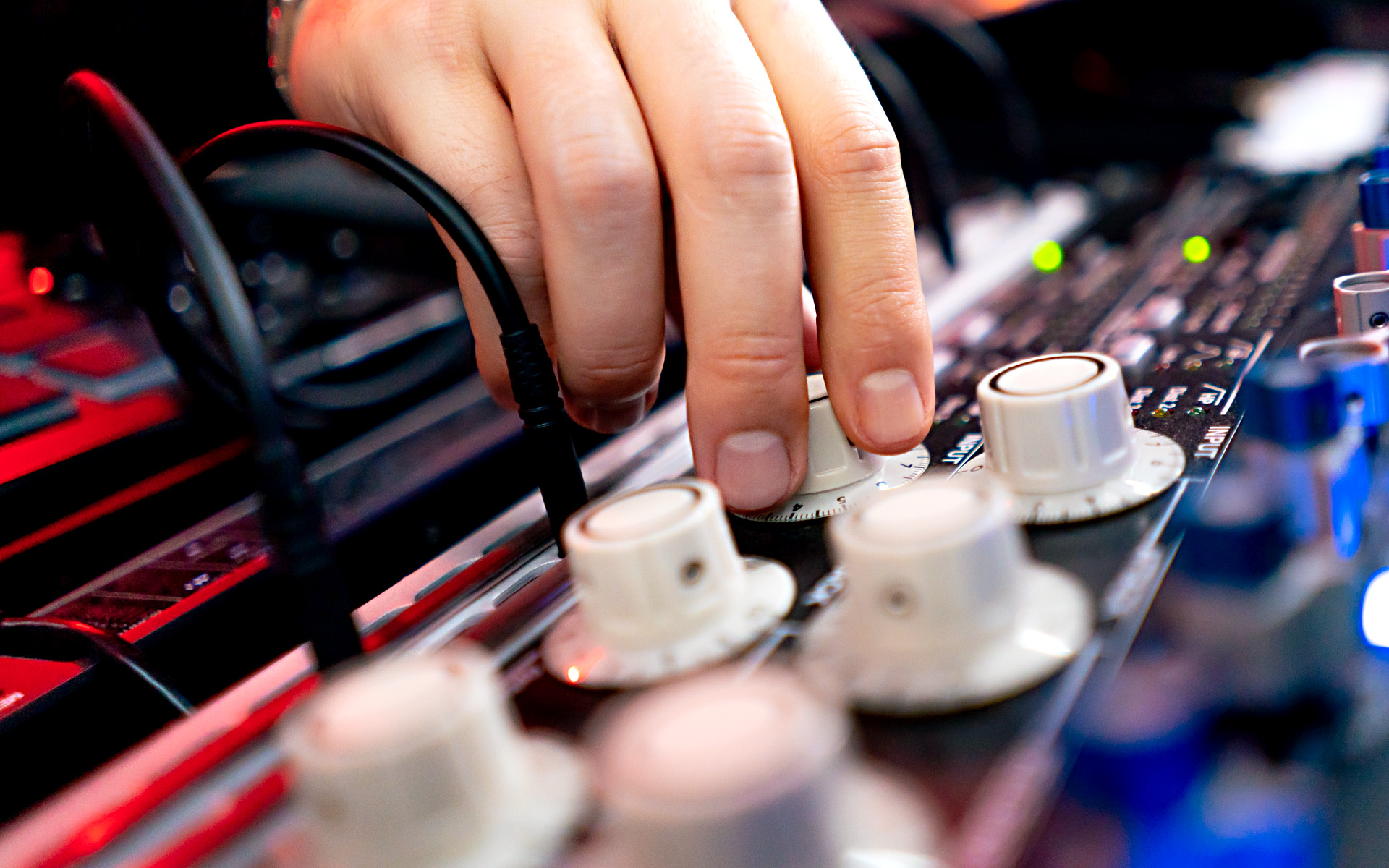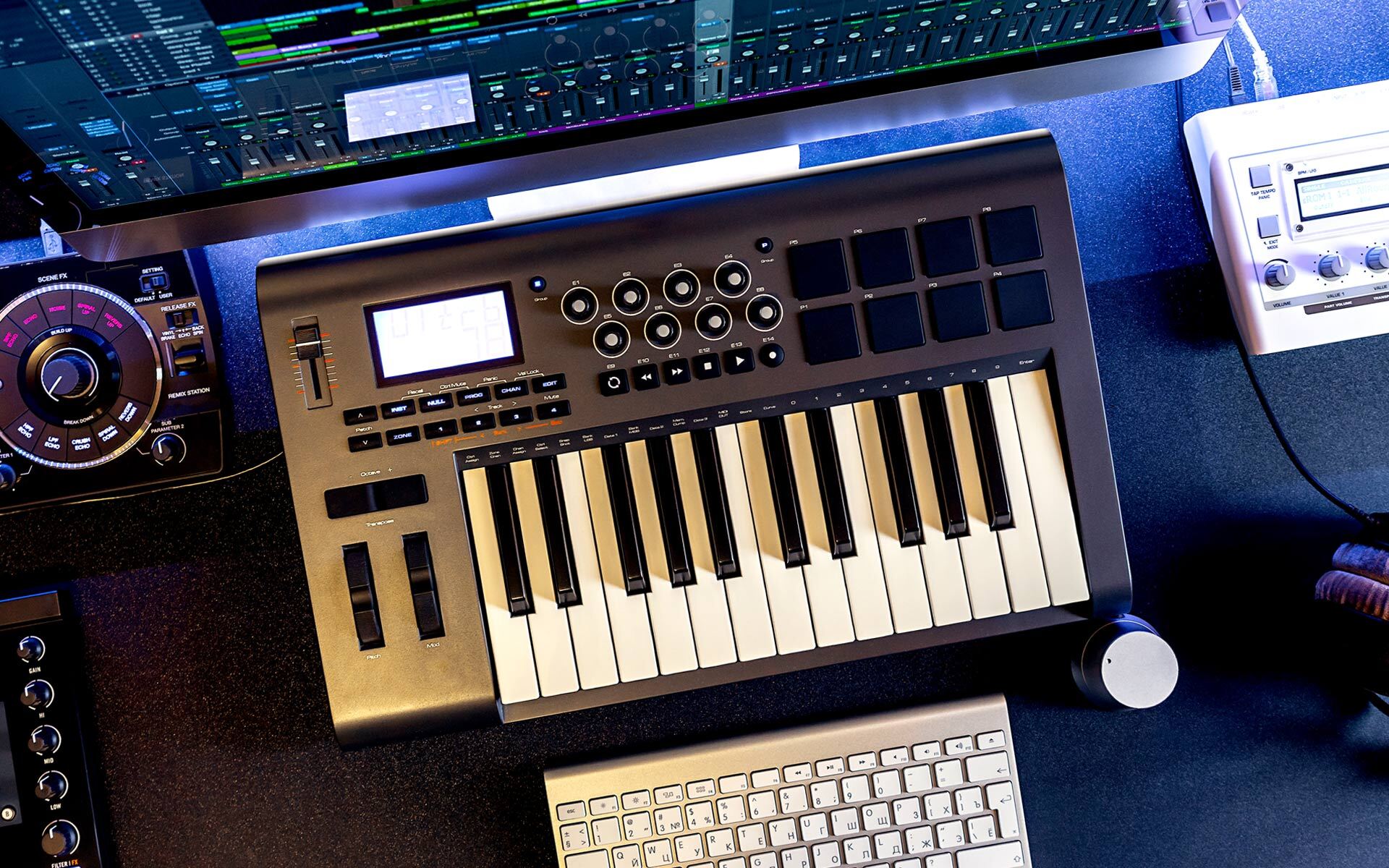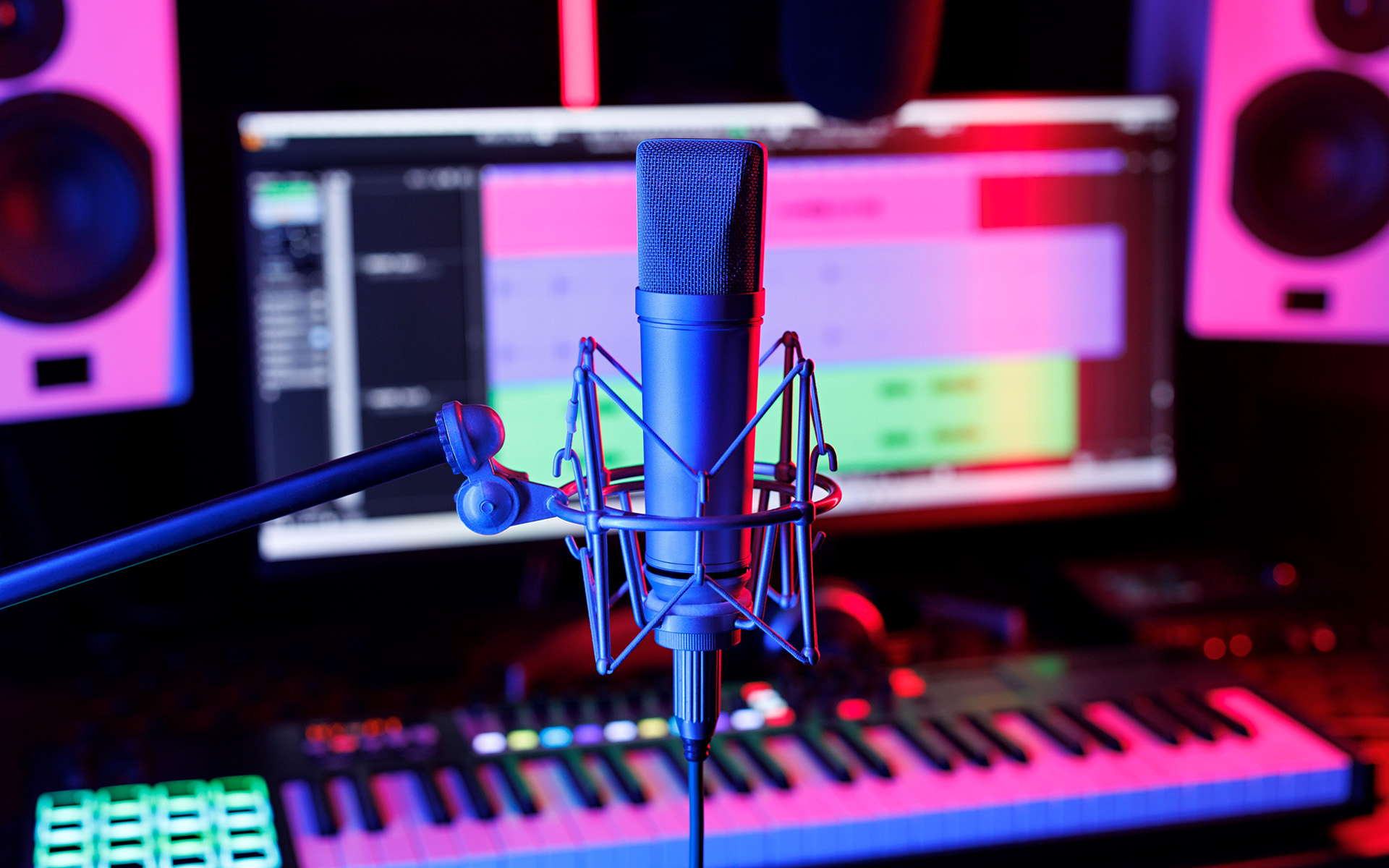The stereo master fader in your DAW’s virtual mixer is not for controlling the output level of your studio speakers. This is an all-too-common mistake, but an easy one to make.
I mean, it does turn down your speaker level, right? Yes, but think about what’s happening to your mixdown level, the waveforms that you’re printing to disk. If your master fader is turned way down in order to keep your speakers low, and your neighbors oblivious to your beats, the mix you’re printing to disk is also going to be low in volume. We’re talking itsy-bitsy waveforms here, a potentially bad signal to noise ratio, and just a plain old poorly executed recording. It’s this exact result that most often leads the inexperienced producer to the puzzling question, “Why the heck are my mixes so low in volume?” (And, incidentally, gain normalization is not the remedy here, because in normalizing a very low waveform you’re also turning the recording’s background noise way up.)
The purpose of the master fader is for setting your mixer’s main output level. Alternately, a monitor-level knob, such as the type found on a well-designed audio interface (for example, MOTU’s 896mk3 or UA’s Apollo Twin), is used to control the output level of your studio monitors. This design allows you to set your virtual mixer’s main output to an ideal level, having peaks just below digital zero, and then, independently, adjust the level of your control room speakers. I’m sure you’ll agree that after a long night of mixing the same song over and over and over again, the ability to turn your speakers down while recording your completed mix to disk is a godsend.
In traditional analog mixing consoles, the master fader and the monitor-level knob were both built into the mixer, in adjacent master output and monitor control sections. This made the signal path from the master fader to your mixdown deck, or the monitor-level knob to your control room speakers pretty easy to follow. Today, you’ll find these two vital controls living in completely different worlds, the virtual world of your DAW, and in the real world, on your audio interface. As if understanding signal flow wasn’t already a challenge, now you must make the mental leap between virtual and real world signals!
To make matters even more confusing, most popular MIDI control surfaces give you direct control over your DAW’s master fader. Case in point, the Mackie Control Universal features a physical master fader that’s tied exclusively to your virtual mixer’s master fader. Nice feature, but there you go again, reaching for the master fader to turn down your speakers when you should be reaching over, or under, or around, or wherever your audio interface is stuck in order to grab its monitor-level knob. Clearly, this sort of stretching is great for yoga class but undesirable for mixing, because it moves your head out of the “sweet spot” between your speakers.
The solution is to invest in a control surface that features a monitor control section (such as Solid State Logic’s Nucleus, which is unfortunately crazy expensive), or add to your system a dedicated monitor control sidecar (such as Mackie’s Big Knob or the PreSonus Monitor Station).
In the meantime, pull your audio interface to within an easy reach, and the next time you need to adjust your speaker level take a hold of its monitor-level knob and not your DAW’s master fader.





